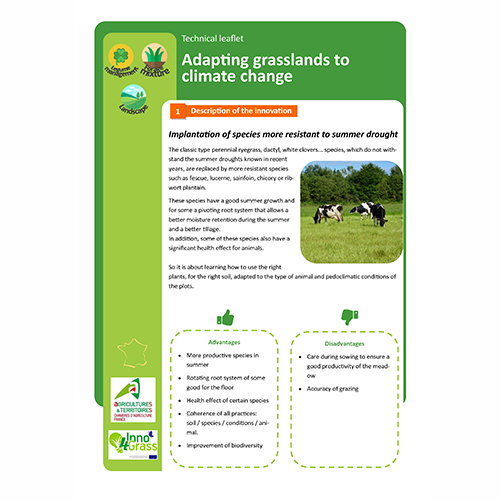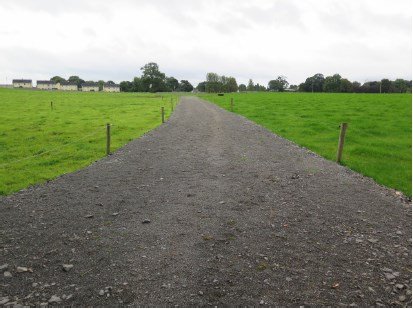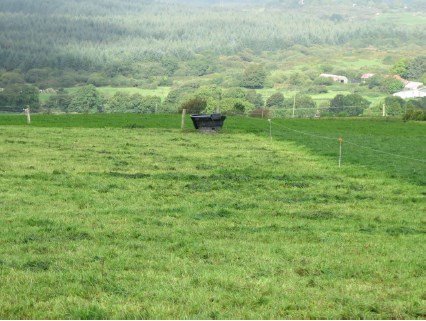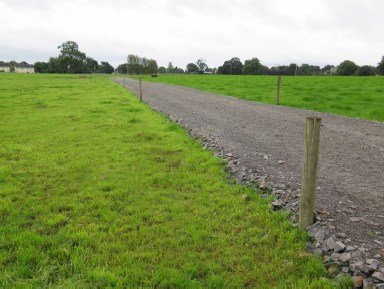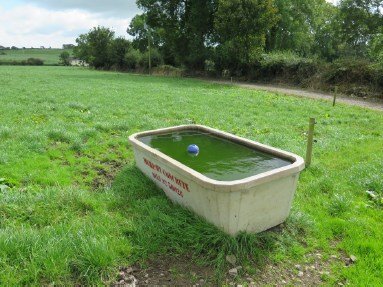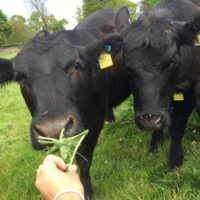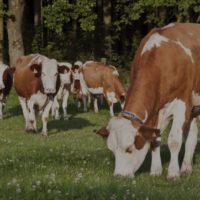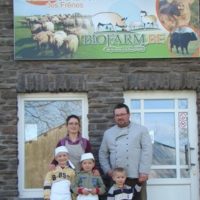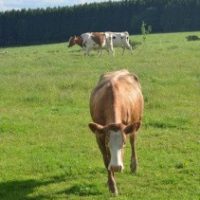Implementing grazing infrastructure to grow and utilise more grass
Description
Description of the innovation
Introduction
Excellent grazing infrastructure will allow more days at grass, provide easier manage-ment of grass at times of peak growth and make grazing less weather dependent. In order to achieve 10 grazings per paddock per year, grazing infrastructure must be improved on most farms.
This involves mapping out the farm, creating a rotational paddock sys-tem, ensuring all paddocks have access to water, and creating access to paddocks through road-ways. It may also involve drainage works on some soil types to get the most from the land as well as using temporary electric fencing.
Advantages
- Increase grass growth on the farm
- Increase grass utilisation on the farm
- Protect regrowths
Disadvantages
- Small initial investment needed
Why Paddocks?
Grass utilised can be increased on farms by either increasing the amount of grass grown and/or improving the utilisation rate. By having the right grazing infrastructure in place will increase grass utilisation which will be influenced further through grazing management of the paddock system.
The start of the grazing season is an excellent time to review grazing infrastructure on your farm. Focus on the positives and negatives from last year on certain fields. Hence a plan can be developed based on farm size, stocking rate and long term goals of the farm.
What benefits are there in setting up a paddock system?
- Improves sward quality hence increasing daily live weight gain
- Gives more control on grazing management
- Allows for taking out surplus grass resulting in top quality silage during the peak grazing season
- Allows for creep grazing with calves/lambs later in season
- Allows for a more targeted fertiliser programme
Getting a Return on Investment!
Getting grazing infrastructure right will require on-farm investment so it should be prioritised for areas that will give the best return. Every ton of additional grass eaten by the grazing animal will add €180/ha additional profit to a dairy farm and €105/ha additional profit to a dry stock farm.
What size paddocks?
In spring and autumn cows are usually allocated grass on a 12 hour basis. During the summer months farmers are allowing three grazing’s per paddock. A cow will eat about 17kg grass dry matter so the allowance per paddock for three grazing’s should be 26kg per cow. If the ideal per grazing cover is 1,400 then paddock size can be calculated: 100 cows x 26kg per cow = 2,600kg required divided by 1,400 ideal cover = 1.85 ha paddocks (4.6 acres).
What is appropriate roadway for cows?
Elements of good roadway include: Appropriate width (100 cows – 4 meters wide, 200 cows – 5 meters). Smooth surface, cross fall to shed water, raised above the grazing area and corners with sweeping curves. Construction costs can vary, from 15€ to 30€ per me-tre, depending on the costs of materials, width and method of construction.
What size water troughs are required?
Nine litres per cow (two gallons) should be available in the paddock per cow with a flow rate of 0.2 litres/minute per cow (20 litres/minute/100 cows).
What size water pipes?
Ideally a loop system with 1 ¼ or 1 ½ inch pipes is required.
More information
Additional information
| Domains of innovation | forage mixture |
|---|---|
| Main types of animal | beef cattle, dairy cattle, meat sheep |
| Country | Ireland |
| Product type | Technical leaflet |
| Language | English |
